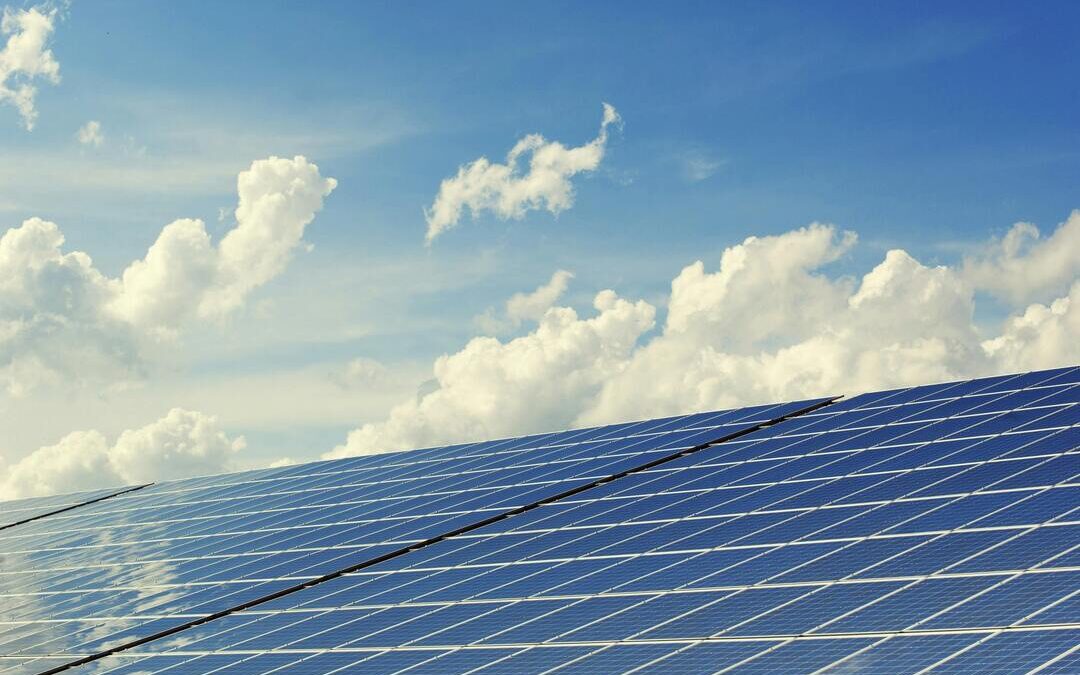India’s Solar Capacity in H1 Rises 282%, Adds 14.9 GW
India installed 14.9 GW of solar capacity in the first half of 2024, registering a 282 percent rise over the same period last year. This increase represents the highest half-yearly and annual solar installations recorded in the country.
India installed 14.9 gigawatts of solar capacity in the first half of 2024, registering a 282 percent rise over the same period last year, revealed a Gurugram-based clean energy research firm.
According to a report by Mercom India Research, this increase represents the highest half-yearly and annual solar installations recorded in the country.
The report said that in the second quarter of the calendar year, the country commissioned 5 GW of solar capacity, while as much as 9.9 GW was added in the first quarter.
“Project delays due to grid connectivity and transmission infrastructure issues significantly affected quarterly additions for large-scale solar projects,” the report said.
“The reimposition of the Approved List of Models and Manufacturers order further impacted viability and commissioning of several open access projects, contributing to substantial delays during the quarter.”
ALMM impact
The government announced the implementation of ALMM regulation in February, but it was put on hold before it was implemented on April 1.
The regulation mandates the procurement of solar modules from manufacturers featured in the list and is one of the measures taken by India to reduce imports from China.
The report added that as of June 2024, the country’s installed solar capacity stood at 87.2 GW, accounting for 19.5 percent of the total energy mix.
It said India’s large-scale solar project pipeline stood at 146 GW, with projects totaling another 104 GW tendered and pending auctions as of June.
In the first quarter, tenders worth 10.7 GW were announced, a 21.6 percent decrease from 13.6 GW in the same period last year and down 73.2 percent from the fourth quarter of the previous year, the report said.
Falling costs
Meanwhile, the report said average large-scale project costs fell 2 percent quarter on quarter and about 26 percent year on year.
Solar panel costs have been on a downtrend in recent years, and this is expected to continue in the near term.
The report said the western Indian states of Rajasthan and Gujarat and Karnataka in the south led the quarterly large-scale solar capacity additions, adding that the top 10 states accounted for 94 percent of total installations.
India has set itself a huge target of adding 500 GW of renewable capacities by 2030, with solar alone expected to play a significant role. Analysts have previously noted that the country needs to hasten its installations cost-effectively to meet the target.
In the first half of this year, India added 20.8 GW of new power capacity, with renewable sources, including large hydro projects, accounting for 81 percent, driven mainly by solar, the report said.
Nirmal Menon
Related posts
Subscribe
Error: Contact form not found.


